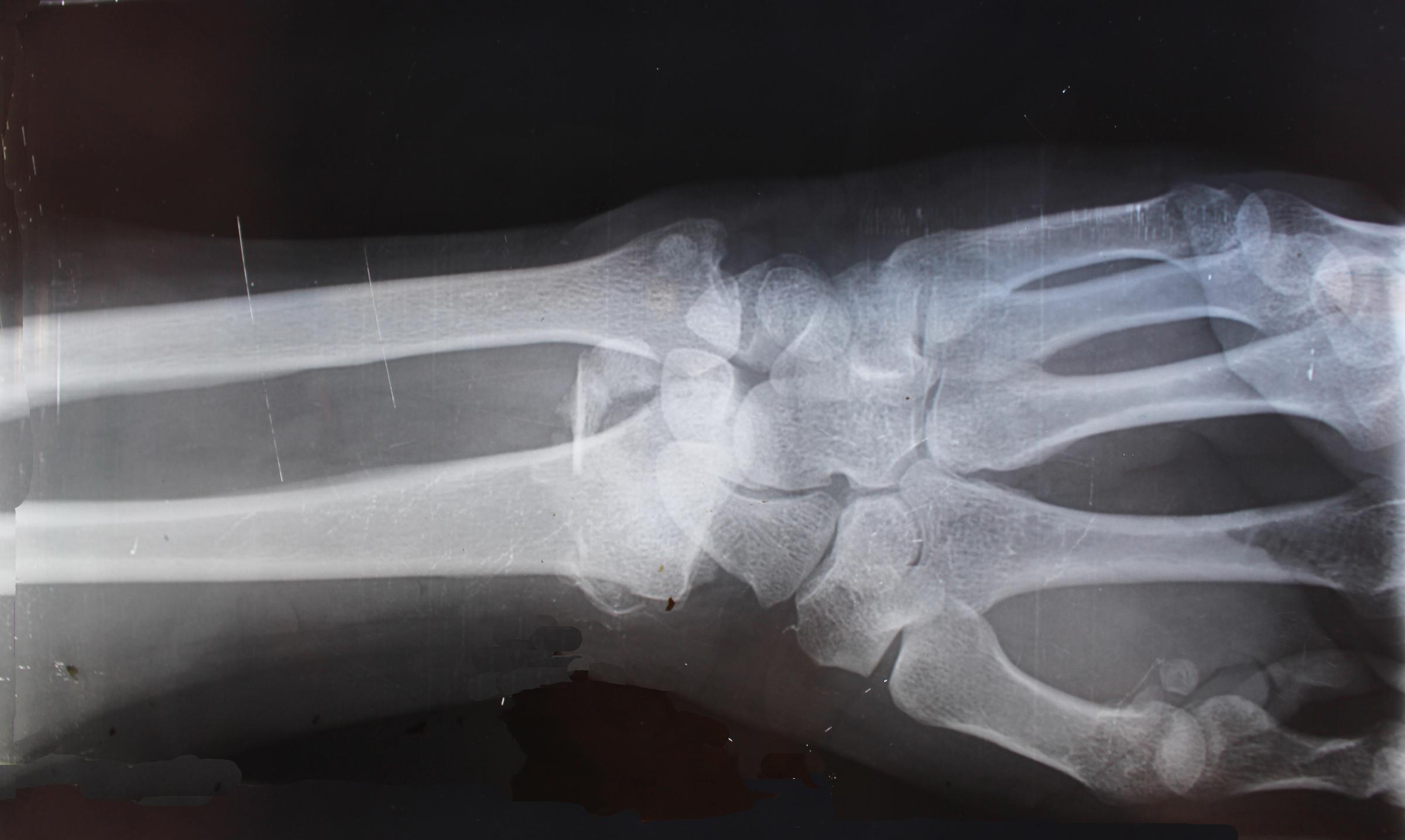
Medical Imaging
Career Focus
A medical imaging technologist (also known as a Radiographer) operates X-ray and other imaging equipment, such as magnetic resonance imaging (MRI) and ultrasound, to produce radiographic images that are used in the diagnosis and subsequent management of disease or injury. Experienced medical imaging technologists may be able to develop further skills in image interpretation. Medical imaging technologists:
- Receive and interpret requests from medical practitioners for X-ray examinations to be performed on patients
- Determine the appropriate imaging techniques to provide doctors with diagnostic information
- Calculate details of procedures (such as length and intensity of exposure to radiation) and settings of recording equipment
- Explain procedures to patients and address any concerns they have about radiation processes
- Ensure patients undergo the correct preparation for the procedure
- Correctly position the patient and imaging equipment to obtain the best image of the area being examined
- Ensure the patients welfare during the examination, particularly their exposure during radiation
- Develop the X-ray films
- Inspect images to determine if any further views are necessary
- Operate special equipment such as fluoroscopy equipment (which gives a moving image of the part being examined), angiography equipment (which gives images of blood vessels) and computed tomography (CT) equipment (which gives cross-sectional images of the body).
Medical imaging technologists who are employed in hospitals may work in the radiology department, use mobile X-ray units at patients’ bedsides or work in an operating theatre. They work as part of a team with other with other healthcare professionals, medical staff and nursing staff. Hours of work may involve weekend or shiftwork. Participation in an on-call roster for afterhours emergencies may also be required. The main specialisations in medical imaging are either a MRI Radiographer or Sonographer.
Personal requirements:
- Aptitude for science
- Able to work accurately
- Able to work as part of a team
- Eye for detail
- Enjoy helping people.
To become a medical imaging technologist, you usually have to complete a degree in medical radiation science or medical imaging at university. To gain entry into these courses you will need to complete your VCE. Prerequisite subjects in one or more of English, mathematics, biology, chemistry or physics are normally required. You may also be required to attend an interview.
After you have completed your degree, some universities require graduates to complete a year of clinical practice in an accredited radiology department. Those completing a four-year degree with the necessary clinical component are not required to undertake this additional year.
Medical imaging technologists are employed in public and private hospitals as well as private radiology practices in metropolitan and rural locations. Demand for medical imaging technologists has grown over the past few years. This has been mainly due to the expanding techniques such as MRI and ultrasound, which aid the diagnosis and treatment of various medical conditions.
